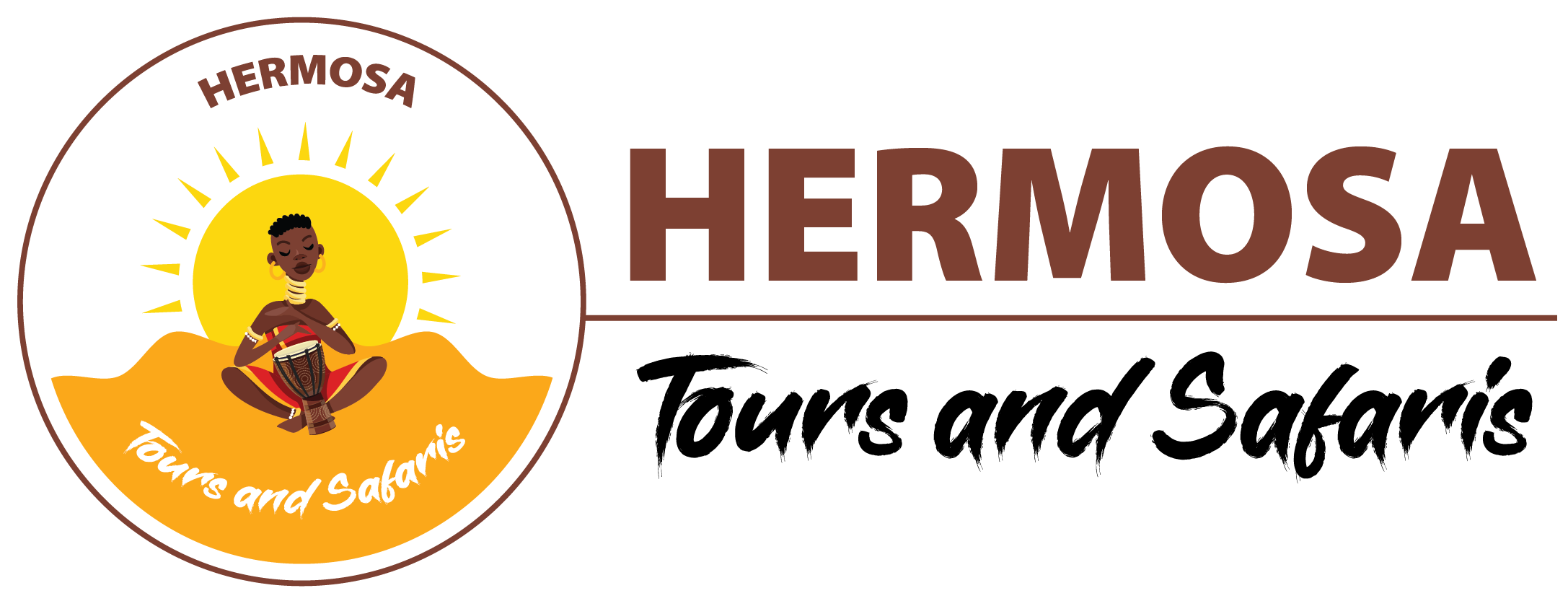Tsavo is fascinating. By far the largest park in Kenya, it covers about 4 percent of the country (about the same size as Massachusetts). It’s officially split into two parks, Tsavo East and West, divided by the main Nairobi-Mombasa road. It’s also linked to the Chyulu Hills National Park to the west, Tanzania’s Mkomazi Game Reserve and various private game conservancies spreading the gigantic swathe of protected land still further to the size of a medium-sized country. Tsavo East covers 11,747 sq kms (4,536 sq miles), but around two-thirds of the park are more or less closed to visitors, with few roads and no accommodation, although walking and camping safaris do go in and there are canoe safaris on the Athi River. It was along the Tsavo East section that the infamous the man-eating eating lions snatched 142 unfortunate railway workers in the 1890s.
It does have an extraordinary range of wildlife including some 500 species of birds, but with that much space to roam, the game has room to spread out, so the gameviewing experience isn’t always as intense for visitors as it is in some other parks. You have to work that little bit harder here. There’s less of the game farm and more true wilderness. There are few lodges and camps, most of them clustered in or around Voi on the northern edge of the park. The landscape, while not always beautiful, is wild and untamed. Tsavo as a whole suffers terribly from droughts and the rich red earth acts as a stark foil to the dry grey grass and tree trunks, particularly in Tsavo East, where the vast plains stretch to infinity, a scene in the dry season of almost unimaginable desolation. The elephants douse themselves in dustbaths of the red earth, taking on a pinky-red hue, particularly under the setting sun.
Tsavo East is home to the Daphne Sheldrake Sanctuary, where the older elephant orphans are brought for release back into the wild. Only those who are patrons of the orphanage are allowed to visit the centre. Any visitors to the park can visit the other enclosure, the securely guarded 90 sq km (35 sq mile) Ngulia Rhino Sanctuary, home to most of Kenya’s black rhinos.



